Interview with Luigi Pasquali, CEO of Telespazio
Original Publication Date: 2022-09-12 00:04
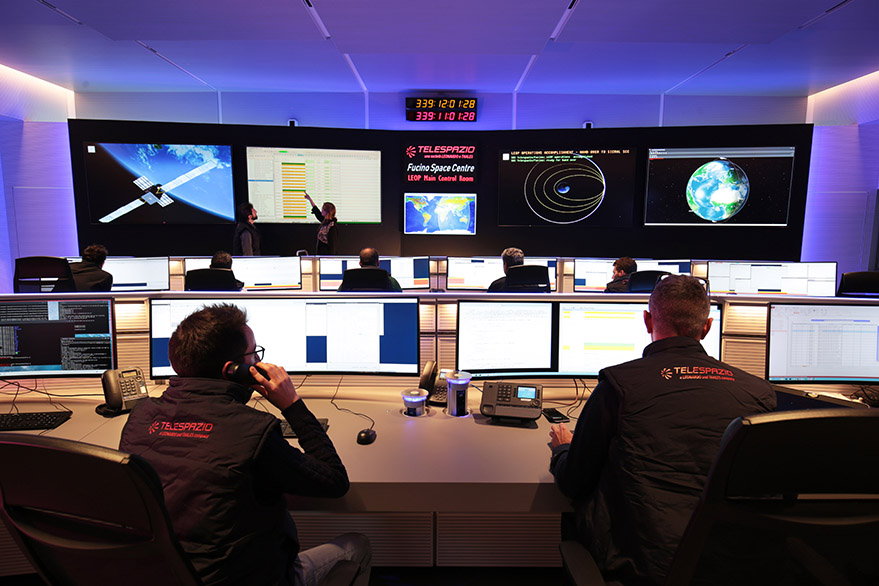
Telespazio and Inmarsat signed a new deal involving the Moon in July. The agreement details the services they intend to offer together as the main operators of communication and navigation services for lunar missions. Telespazio is already working to contribute to the creation of a new European constellation for secure communications.
White House requests proposals for regulating novel commercial space activities
Original Publication Date: 2022-09-12 10:40

White House will ask federal agencies for proposals on commercial space activities. Vice President Kamala Harris called on agencies to submit proposals in six months. Harris had hinted at such a move in an Aug. 12 speech where she criticized "simply outdated" Commercial space regulations. Some degree of oversight is required for the United States to comply with Article 6 of the Outer Space Treaty.
KT SAT orders Koreasat 6A communications satellite from Thales
Original Publication Date: 2022-09-12 06:58
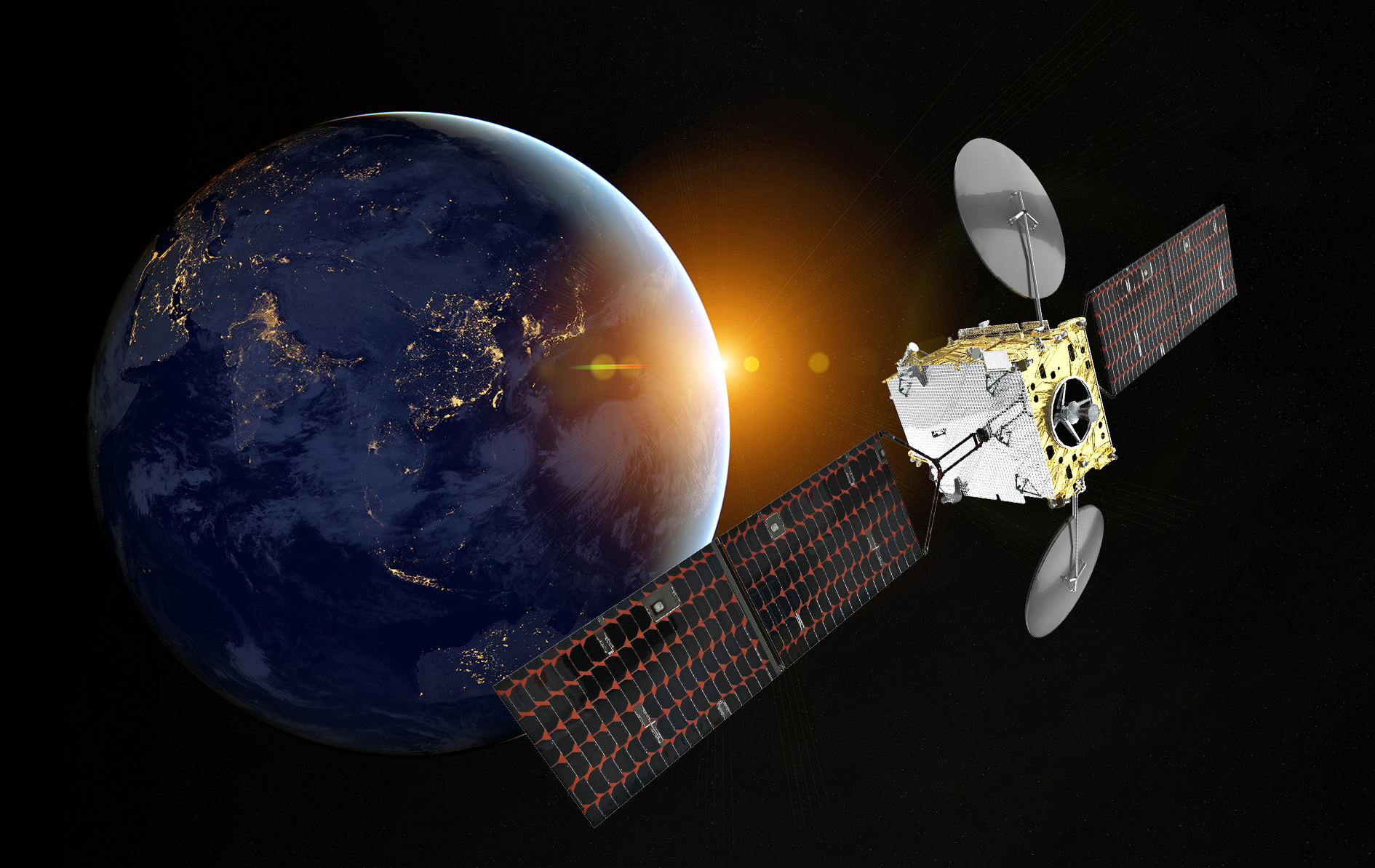
Thales Alenia Space says it has signed a contract to deliver a communications satellite. Koreasat 6A will replace Koreasat 6, which launched to geostationary orbit in 2010. Thales Alenia has a long history of providing satellites for South Korea.
Court approves sale of Masten assets to Astrobotic
Original Publication Date: 2022-09-12 03:54
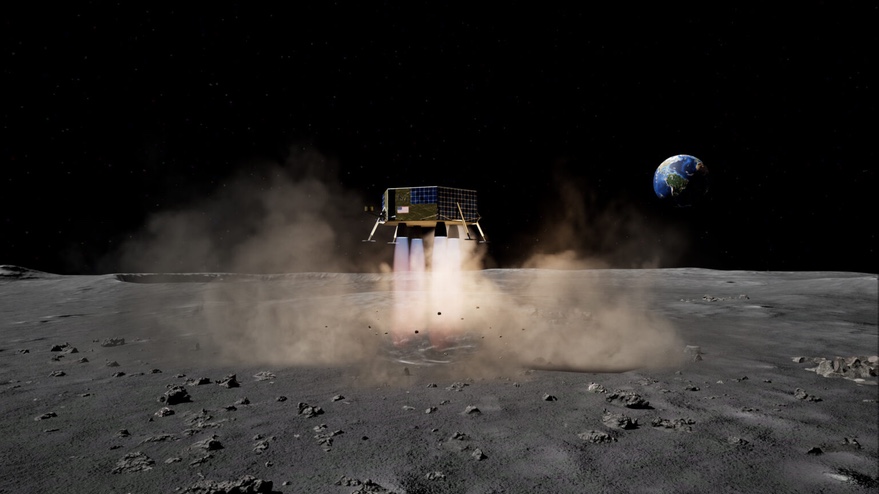
A federal bankruptcy court approved the sale of nearly all the assets of Masten Space Systems. Astrobotic submitted a high bid of $4.5 million for “substantially all’ of Masten’s assets. The sale was scheduled to close by the end of the day Sept. 9.
CAPSTONE enters safe mode during trajectory correction maneuver
Original Publication Date: 2022-09-11 08:38
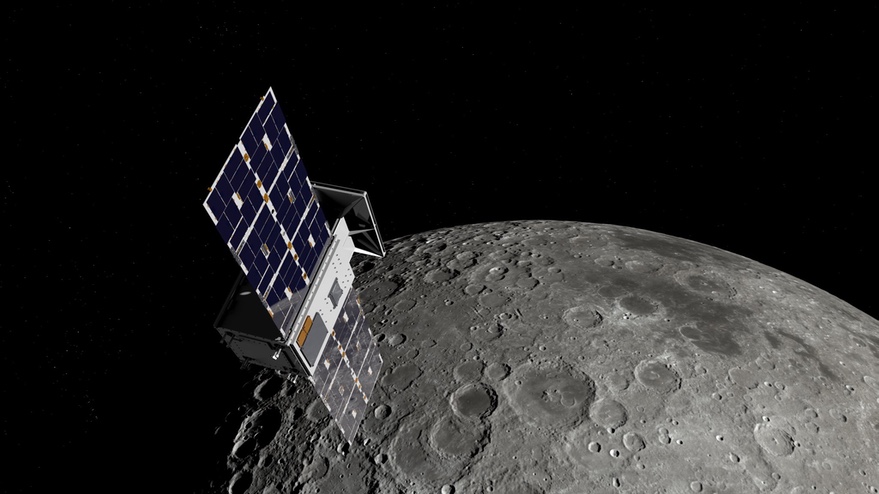
NASA-funded cubesat mission to the moon has gone into safe mode. The problem occurred during a trajectory correction maneuver, NASA says. CAPSTONE is a NASA-funded mission to test operations in the near-rectilinear halo orbit. It is scheduled to enter orbit around the moon Nov. 13.
Photos: Firefly’s second Alpha rocket raised on launch pad – Spaceflight Now
Original Publication Date: 2022-09-11 00:00
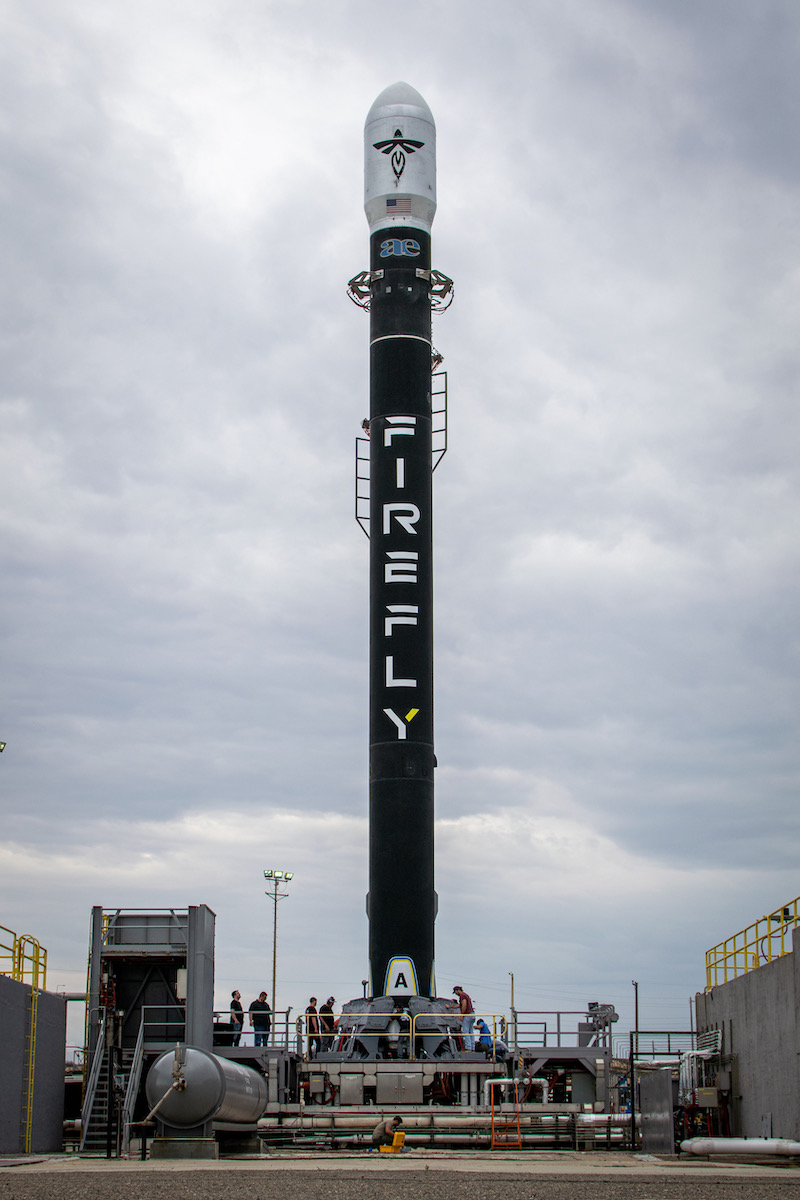
Firefly Aerospace's second Alpha rocket was raised on its launch pad at Vandenberg Space Force Base. The 96.7-foot-tall (29.5-meter) Alpha rocket is designed to carry more than a half-ton of payload mass. The launch window Sunday, Sept. 11, opens at 3 p.m. PDT (6 p.m. EDT)
NASASpaceFlight.com
The SSLV or Small Satellite Launch Vehicle conducted its launch debut from Sriharikota, India on Sunday, August 7 at 03:48 UTC. An issue with the fourth stage resulted in the satellites being deployed in an unusable orbit. The SSLV program’s genesis was a December 2015 National Institute of Advanced Studies proposal to launch small national security payloads on demand.
Commercial Archives
Firefly is set to launch FLTA002 – its second demonstration flight of the Alpha launch vehicle – on the mission dubbed “To The Black. Sunday’s launch attempt was scrubbed following an abort less than a minute before the opening of the window and subsequent delays throughout the window.
International Archives
Spaceport Nova Scotia will be the first orbital launch location for the country. The spaceport will be geared towards service of the medium-lift market using the Ukrainian Cyclone-4M rocket. The spaceport is expected to be completed by the end of 2019.
Chinese Long March 3B Launches APStar-6C Communications Satellite – Spaceflight101

China conducted a rare commercial launch of a Long March 3B rocket with the APStar-6C communications satellite for APT Satellite Holdings. Long March 3B lifted off from the Xichang Satellite Launch Center at 16:06 UTC on a mission of under half an hour to lift the spacecraft into an elliptical Geostationary Transfer Orbit. Confirmation of launch success was provided by APT Satellite around 40 minutes after liftoff.
Blue Origin’s New Shepard Reaches new Heights in latest Test Flight – Spaceflight101

Sunday’s flight was the eighth in Blue Origin’s New Shepard flight test program that was off to a bumpy start in 2015 when the company lost their first Propulsion Module during its landing attempt. New Shepard 1 and 2 provided Blue Origin with a number of important lessons regarding the operational aspects of their missions as well as the re-usability elements of the craft. Sunday’s flight marked the second for this particular set of hardware, following up on the successful December 2017 mission that debuted “Crew Capsule 2.0”
ISS Updates – Spaceflight101 – International Space Station

A veteran NASA spacewalker and an EVA rookie from Japan ended their week with nearly six hours of work outside the International Space Station. The restoration of the Station’s Mobile Servicing System started last year and continued in January to provide Canadarm2 with a new pair of grappling hands.
Featured – Spaceflight101

SpaceX Falcon 9 took to the skies over Florida’s Cape Canaveral Monday afternoon. The Falcon 9 lifted a flight-proven Dragon spacecraft into orbit for a critical delivery of science gear, supplies and maintenance hardware. The Dragon is the first of at least six cargo ships inbound to the U.S. Segment of ISS this year.
News – Spaceflight101

Russia's Rockot booster set to blast off from the Plesetsk Cosmodrome at 17:57 UTC on Wednesday. The booster will carry the Sentinel-3B multi-function satellite. The launch is scheduled to take place at 17:57 GMT (19:57 ET)
Re-Entry: Long March 11 Rocket Body – Spaceflight101

The CZ-11 fourth stage used leftover propellant for a partial de-orbit maneuver, lowering its perigee to 120 Kilometers. It is reportedly built around a YF-50 main engine and in a nominal mission conducts the orbital circularization after the three CZ-11 stages finish their job.
NASA’s AIRS Instrument Records Typhoon Hinnamnor Before Landfall

Airlift, launched in 2002, was the first instrument to reveal the 3D distribution of rain within tropical storms like Hinnamnor. AIRS, in conjunction with AMSU-A, senses infrared and microwave radiation emitted from Earth to provide a 3D look at the planet’s weather and climate.
A Cosmic Tarantula, Caught by NASA’s Webb

The Tarantula Nebula has a similar type of chemical composition as the gigantic star-forming regions observed at the universe’s “cosmic noon,” when the cosmos was only a few billion years old. Star-forming regions in our Milky Way galaxy are not producing stars at the same furious rate as the Tarantula Nebula. This makes the Tarantula the closest example of what was happening in the universe as it reached its brilliant high noon.
NASA’s Webb Takes Its First-Ever Direct Image of Distant World

Astronomers have used NASA’s James Webb Space Telescope to take a direct image of a planet outside our solar system. The exoplanet is a gas giant, meaning it has no rocky surface and is not habitable. The finding is detailed in NASA’s latest JWST blog entry.
Explore the Solar System With NASA’s New-and-Improved 3D ‘Eyes’

Learn the basics about dwarf planets or the finer points of gas giants. Ride alongside no fewer than 126 space missions past and present. Scroll through rich interactive journeys, including Voyager’s Grand Tour of Jupiter, Saturn, Uranus, and Neptune. You can rotate objects, compare them side by side, and even modulate the perspective.
Engineers Solve Data Glitch on NASA’s Voyager 1
Engineers have repaired an issue affecting data from NASA’s Voyager 1 spacecraft. Earlier this year, the probe’s attitude articulation and control system began sending garbled information about its health and activities. The team has since located the source of the garbled information: The AACS had started sending the telemetry data through an onboard computer known to have stopped working years ago.
NASA’s Webb Detects Carbon Dioxide in Exoplanet Atmosphere

First clear, detailed evidence for carbon dioxide ever detected in a planet outside the solar system. No observatory has ever measured such subtle differences in brightness of so many individual colors across the 3- to 5.5-micron range in an exoplanet transmission spectrum. Understanding the composition of a planet’s atmosphere is important because it tells us something about the origin of the planet and how it evolved.
NASA Helps Minority-Serving Institutions Refine Tech Proposals
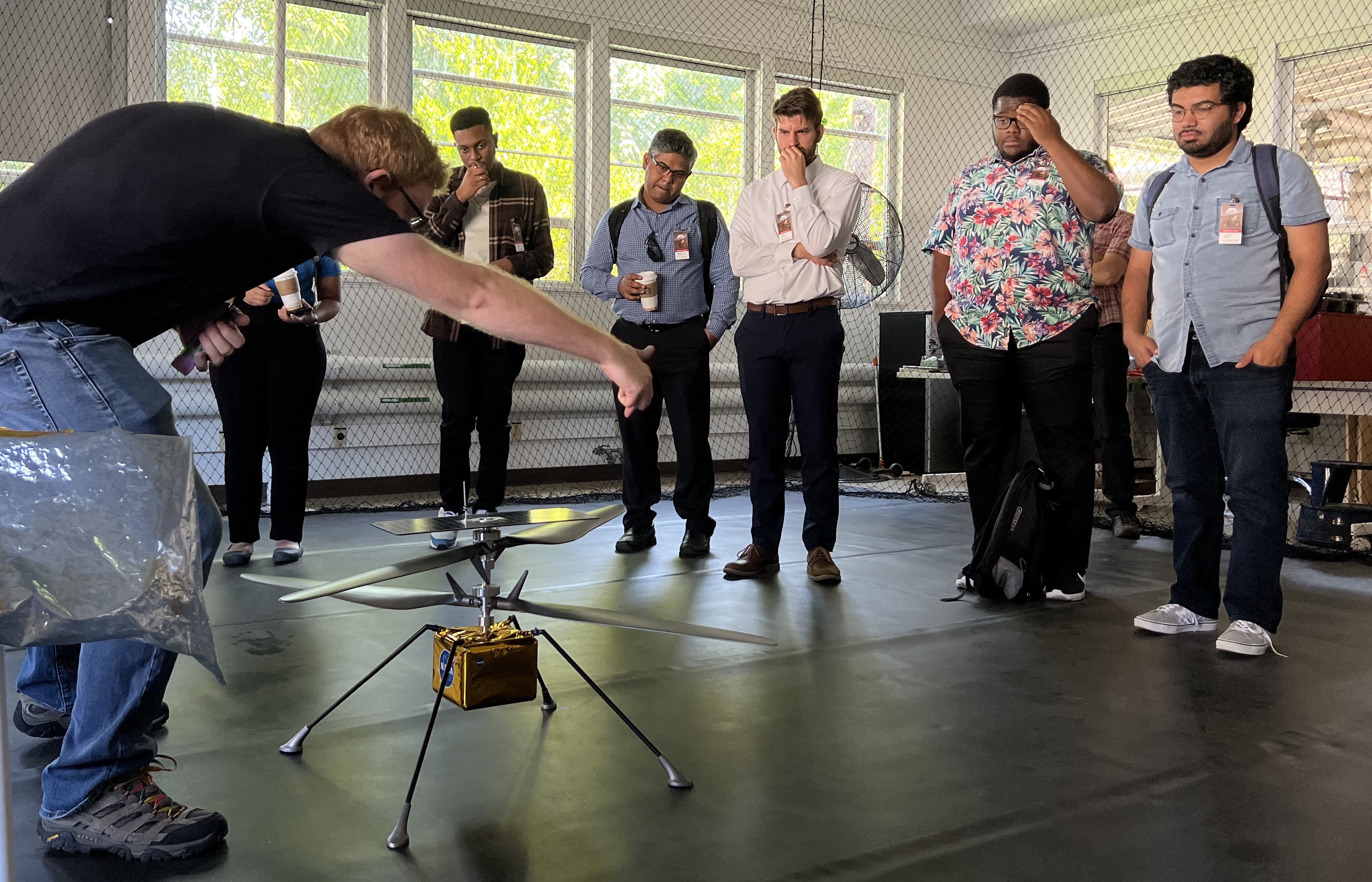
The MSI Space Accelerator is a partnership between NASA's Science Mission Directorate, its Earth Science Technology Office, JPL, and others. The teams got in-person feedback to hone their projects. They also had a chance to spend time at JPL locations where NASA missions have likewise been refined. The teams received awards of $50,000 as prizes for their initial concepts.

